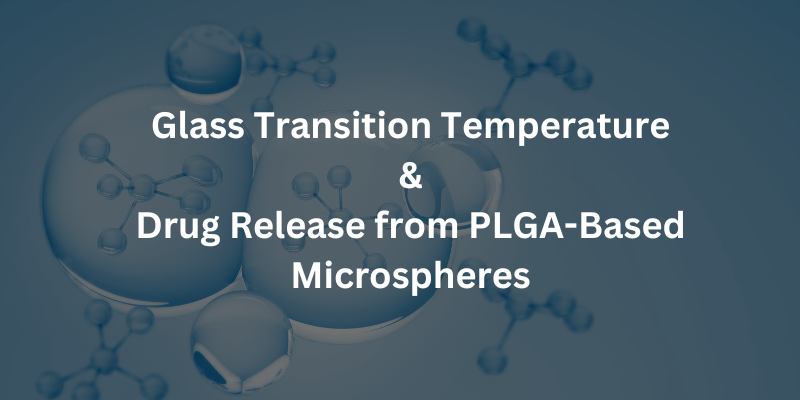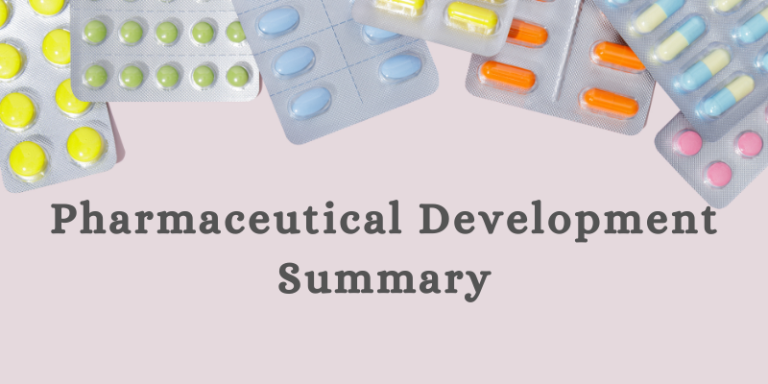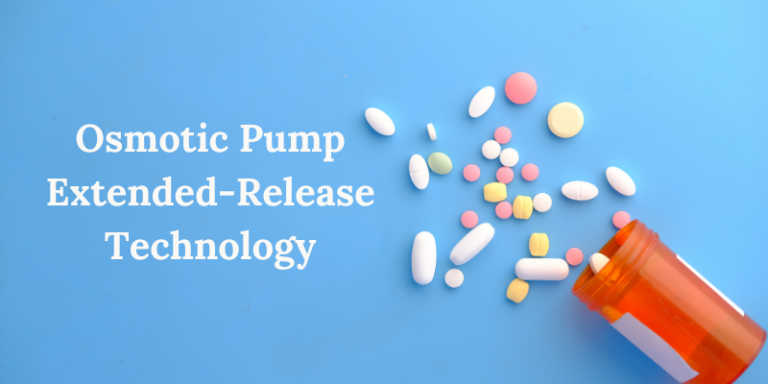Glass Transition Temperature and Drug Release from PLGA-Based Microspheres
Poly(lactic-co-glycolic acid) (PLGA) is a widely used polymer in drug delivery systems, particularly for creating long-acting injectable microspheres. A crucial factor influencing the drug release profile of these formulations is the glass transition temperature (Tg), which represents the temperature at which PLGA transitions from a hard, glassy state to a softer, rubbery state.
Impact of Tg on Drug Release Kinetics
The Tg of PLGA-based microspheres is a key determinant in understanding and predicting drug release behavior. Below the Tg, the polymer matrix is rigid, minimizing molecular mobility and slowing drug diffusion. When the temperature approaches or exceeds the Tg, the polymer softens, increasing segmental motion and facilitating drug release.
Factors Influencing Tg
- Polymer Properties: The ratio of lactide to glycolide in PLGA and the molecular weight of the polymer significantly affect its Tg. Higher lactide content increases Tg due to enhanced crystallinity.
- Plasticization: Hydrophilic drugs and absorbed moisture can act as plasticizers, reducing the Tg and accelerating the release.
- Manufacturing Processes: Solvent removal rates during microparticle formation and post-processing conditions, such as drying and annealing, can alter the Tg and thereby affect drug encapsulation efficiency and release dynamics.
Drug Release Mechanisms
The drug release from PLGA microspheres occurs in phases:
- Initial Burst Release: This is often due to the dissolution of surface-associated drugs and the rapid hydration of the matrix, which may lower the Tg near the surface.
- Sustained Release: Controlled by diffusion through the polymer matrix and the gradual erosion of PLGA.
- Final Erosion Phase: Polymer degradation dominates, releasing any remaining drug.
Physical Aging and Tg
Physical aging refers to structural relaxation of the polymer below its Tg over time. During storage, this process reduces free volume, potentially affecting drug release kinetics by altering polymer density and porosity. For long-term stability, it is essential to consider the effects of aging on the Tg during formulation development.
Terminal Sterilization
Sterilization methods like γ-irradiation can impact Tg and drug release by causing polymer chain scission. Although sterilization ensures the product’s safety, it may necessitate adjustments in formulation parameters to maintain desired release profiles.
Optimization of Drug Release
Understanding the relationship between Tg and drug release enables the rational design of PLGA-based microspheres. By adjusting polymer properties, drug loading, and processing parameters, researchers can tailor formulations for specific therapeutic needs.
Conclusion
The glass transition temperature is a pivotal factor in the design and performance of PLGA-based drug delivery systems. Advances in understanding Tg’s role in drug release kinetics will enhance the ability to develop reliable and effective formulations for sustained drug delivery.
Read also:
- Pharmaceutical Development (Quality by Design) Summary
- Product Quality and Performance Tests for the Microsphere Drug Products
Resource Person: Shubham Sonu







